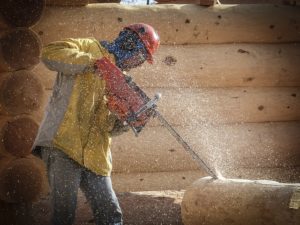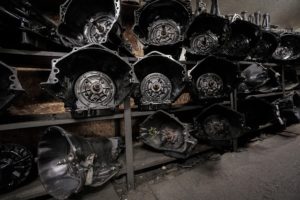Track Down Wellbore Reservoir Data With Case Hole Logging Tools

Generally, the oil well drilling starts when it is open or uncased. After drilling up to some distance, a casing or tube is inserted in the downhole to protect the oil well from damages. The measurement of casing or tubing depends upon the total depth of the well and type of the rock formations.
A proper and precise measurement of different parameters is essential for the successful oil well casing. The measurements of wellbore after the completion of drilling are known as case-hole logging. For cased hole logging, a wireline with measuring tools run down to determine the information regarding well fluid, depth, type of rock formations and more.
There are some benefits of using wireline tools for productive oil or gas well.
They Help In Cement Evaluation:
Placing cement for providing mechanical support to the casing in a well bore is a critical thing. However, the cased hole well services tools evaluate the top of cement and cement-to-formation bond for zonal isolation analysis.
The tool that measures the bond between cement and well casing is known as zonal hydraulic isolation Acoustic sonic and ultrasonic. The early detection of cement quality or the absence of cement help in find solution before the well is completed to avoid major production problem.
The Tools Help In Find Any Metal Loss Or Corrosion In Well Casing:
Due to the presence of corrosion, a metal loss happens in casing inside the wellbore. The loss of casing metal results in mixing of contaminants in the well fluid that affect the productivity of the oil company. So, find the point of corrosion or metal loss in the downhole is very important. There are case hole logging tools like multi-finger imaging tool, corrosion protective evaluation tool, ultrasonic tool and more. By detecting any spot of casing corrosion you able to find a solution to that and can save your oil well from further damage.
Case Hole Logging Tool Help In Detecting Scale In Well:
The presence of scale within the downhole causes flow reduction and affects the production of oil or gas. Further, the build-up of scale inside the wellbore causes severe damage to oil well every year and costs millions of dollars. However, with the case hole logging tools like solid blasters and other tools based on fluid oscillator technology are helpful. They are specializing in removing the different type of scales and also help in determining the scale spot inside the well.
The Tools Help In Finding Leak Sites In Oil Well:
The leaks in the casing of a well can put a dramatic impact on its productivity and economic viability. And, if the well leak left unchecked, then it can become dangerous for the safety, and long-term profitability of the well. So, use appropriate leak detection wireline tools to find any leak at earliest to save oil well from huge damage.
Further, the highly sensitive, acoustic leak detection tool will detect the sound energy created by micro-leaks in the downhole. Then the measurements captured by the device used to obtain a detailed map of downhole help in finding the leak sites in the wellbore.
Help In Measure Density In Wellbore For Rock Formations:
The resistivity logging tool is used to detect the type of fluid present in the wellbore and also to find the thickness or type of rock formations. The presence of liquids in a wellbore changes the resistance to current flow. The rock and pure water cat as insulators. However, the resistivity logs help to find the thickness of the formation.
Whether you are an owner of any reservoir well or working in oil and gas industry, the good productive well is important. Use wireline or slickline logging tools to find any irregularity in wellbore to fix them on time.


